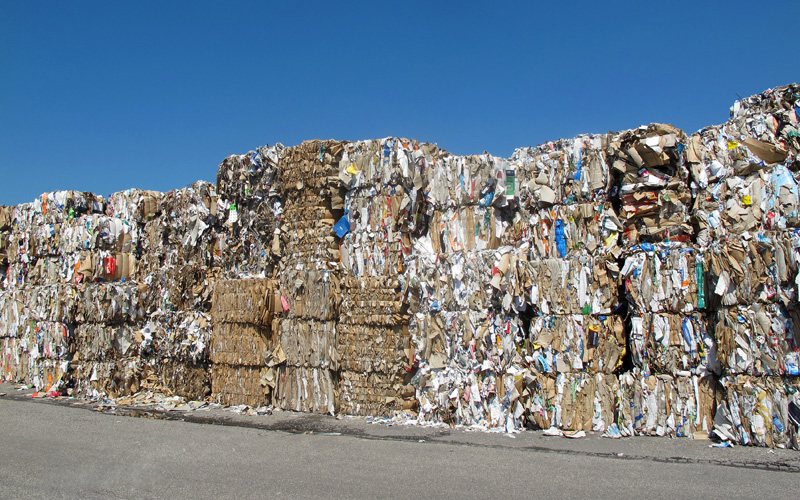By the year 2023, Turkish paper mills are expected to have developed a combined annual production capacity of between 6 and 7 million tonnes. However, the country’s collection rate of around 40% is well below that achieved by many developed countries and “is not increasing”, explained guest speaker Ercan Yürekli from TÜDAM, the national association of Turkish paper and plastic recyclers and collectors. As a result, he calculated, there will be a need for annual imports into Turkey of perhaps 2 to 3 million tonnes of recovered fibre, meaning that the country could provide “a solution for some of Europe’s surplus”.
Under current waste management regulations in Turkey, only recyclers are allowed to import recovered paper whereas collection companies cannot. The country’s imports have soared from just over 300,000 tonnes in 2015 to more than 725,000 tonnes in 2018, with a figure nearer 1 million tonnes anticipated for 2019.
New capacity is also emerging in Sweden, it was reported by divisional Vice President Martin Leander of Stena Metall International AB. At the same time, the insulation and hygiene sectors have been trialling wider use of recovered fibre in their products.
Earlier in the BIR Paper Division’s meeting in Budapest on October 15, the body’s General Delegate Sébastien Ricard of France-based Paprec explained that Europe’s structural surplus of recovered fibre is currently approaching 8 million tonnes per year, with annual collections of 56.7 million tonnes exceeding consumption of 48.8 million tonnes. “So we need exports in Europe,” he emphasised. “We need new markets.”
Until recently, China’s demand for European fibre had represented the market’s balancing factor. However, the recent shift in Chinese policy has resulted in a steep decline in its overall fibre imports – from around 28 million tonnes in 2017 to perhaps only 5 million tonnes next year, according to Mr Yürekli. To make matters more difficult for Europe’s exporters, most of China’s recovered paper quotas have been used to purchase from the USA instead, added Mr Ricard.
With opportunities to sell into China described by Mr Ricard as “very few”, prices in Europe have “collapsed” and cardboard is currently around the low recorded in August 2009. Mills have taken advantage of the steep drops in fibre prices by becoming “more and more demanding on quality”, he added.
BIR Paper Division Vice President Martin Soth of Pieringer Abfall Verwertung GmbH in Austria pointed to falling prices in Eastern Europe and problems with deliveries because Western companies have been keeping the region’s mills well supplied – something which did not happen, he added, when China was more active in the market.
Supported by factors such as the continuing growth in online shopping, cardboard prices may well increase at some point in the future – “but with a premium on quality”, concluded Mr Ricard.











